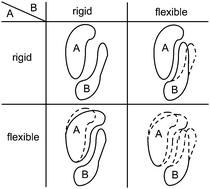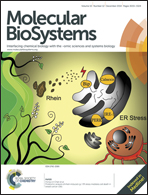Evolutionary game theory: molecules as players
Abstract
In this and an accompanying paper we review the use of game theoretical concepts in cell biology and molecular biology. This review focuses on the subcellular level by considering viruses, genes, and molecules as players. We discuss in which way catalytic RNA can be treated by game theory. Moreover, genes can compete for success in replication and can have different strategies in interactions with other genetic elements. Also transposable elements, or “jumping genes”, can act as players because they usually bear different traits or strategies. Viruses compete in the case of co-infecting a host cell. Proteins interact in a game theoretical sense when forming heterodimers. Finally, we describe how the Shapley value can be applied to enzymes in metabolic pathways. We show that game theory can be successfully applied to describe and analyse scenarios at the molecular level resulting in counterintuitive conclusions.


 Please wait while we load your content...
Please wait while we load your content...